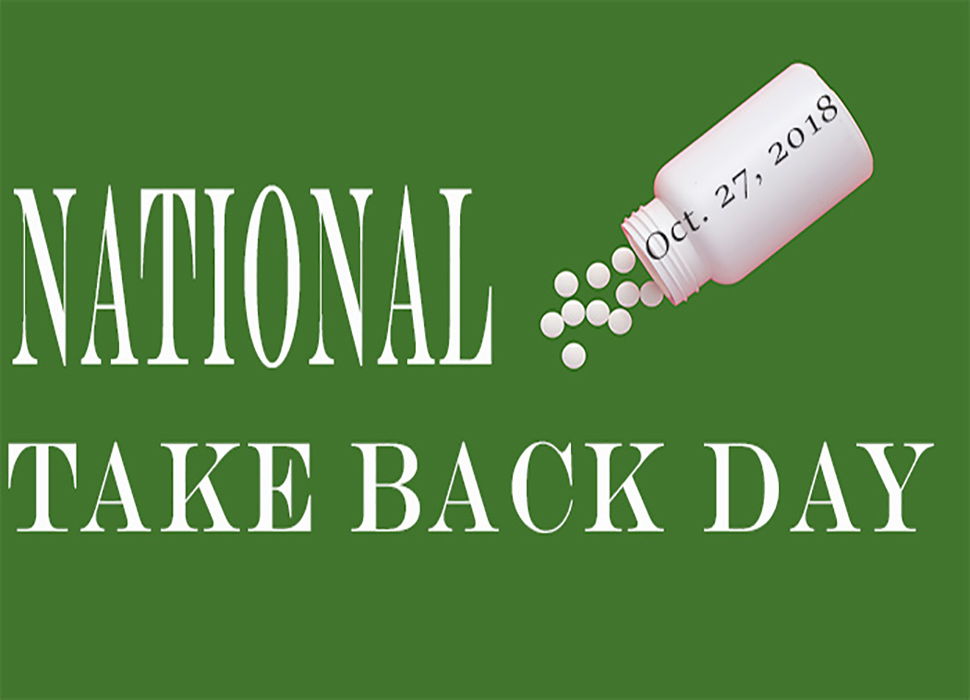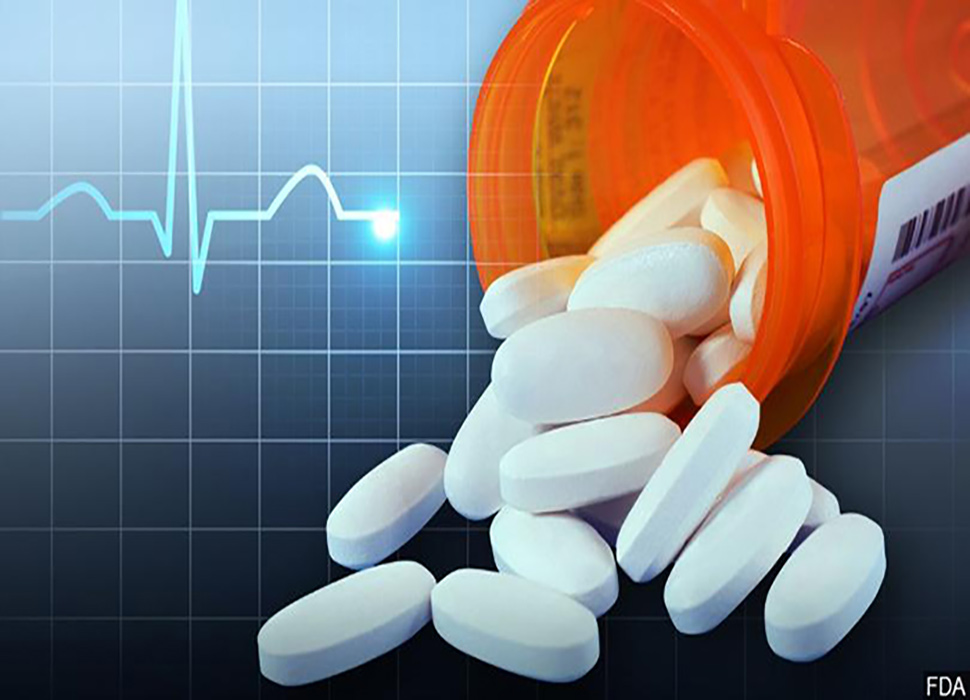e-SupplyLink brings supply chain technology for compliance to the Pharma Compliance Group experts to ensure the Drug Enforcement Administration’s regulations are being met.
TRAVERSE CITY, Mich., – Supply chain technology provider, e-SupplyLink announces strategic partnership with the Pharma Compliance Group to bring clients a holistic suspicious order monitoring solution.
e-SupplyLink developed SOMLink, a suspicious order monitoring software, in 2008 to combat the growing opioid abuse epidemic. We have helped several companies avoid fines from the DEA because of our rigorous 18 algorithms designed to catch and suspend orders of interest.
The Pharma Compliance Group is the leader in providing regulatory compliance services and investigations to the pharmaceutical industry. Their programs and services are done by former DEA agents, diversion investigators, and professional auditors. PCG assists clients in “traversing the regulatory requirements and in mitigating the associated risks” when operating in the field.
Maneuvering DEA regulations is no small feat and keeping track of order history manually can be extremely frustrating. The Drug Enforcement Administration requires pharmaceutical manufacturers and distributors know their customers to better understand order history. SOMLink by e-SupplyLink has a built-in repository, which automatically tracks customer’s orders and then compares incoming orders against them. In conjunction with PCG’s consulting services users will determine, address and prevent compliance concerns, and can continue to fulfill orders with the knowledge they’re operating safely.
Both companies work together to ensure clients’ success. e-SupplyLink works to understand supply chain needs, tailor our software and determine which of our 18 algorithms should be applied on SOMLink. The Pharma Compliance Group works to educate clients about DEA regulations. They provide several consulting opportunities to pharmaceutical manufacturers, distributors, pharmacies, and hospitals and physicians, including mock inspections, a complete internal review, and drug dispensing analysis to detect patterns or issues.
Partnering with the Pharma Compliance Group brings unparalleled services to clients in the regulatory pharmaceutical industry. When combined, these companies bring 46 years of experience to their clients in supply chain technology, and DEA requirements and practices. This partnership opportunity fills the gap for compliance and allows us to leverage the complimentary capabilities of both e-SupplyLink and the Pharma Compliance Group. This synergist approach provides great opportunities to tackle our clients’ challenges now and in the future.
###
About e-SupplyLink
Founded in 1999, e-SupplyLink has been a leading provider of supply chain technology. We are devoted to providing premium solutions to monitor and track orders to reduce companies’ risk and eliminate human-error. Our software is always customized to meet our clients’ needs and easily integrates into existing third-party systems. Being in the supply chain industry for almost 20 years has put us at the front-line of technology’s exponential growth. We continually update our software to meet today’s demands helping shape supply chain management over the years. We’ve seen it all and will continue to evolve our software to meet market demands.
About The Pharma Compliance Group
The Pharma Compliance Group is made up of former DEA special agents, diversion investigators and private security experts providing specialized consultation, compliance, and field services to the pharmaceutical industry. Our team members have extensive experience conducting regulatory inspections, evaluations and investigations for DEA registered entities. Our staff is committed to providing the pharmaceutical industry with the expertise needed to maintain effective compliance with the Controlled Substances Act and the regulations contained in the Code of Federal Regulations.




